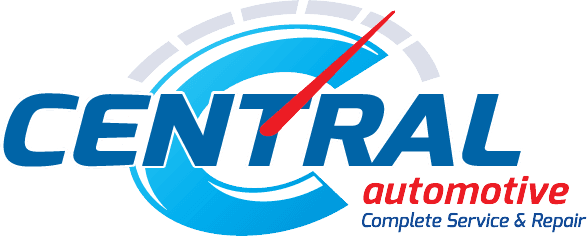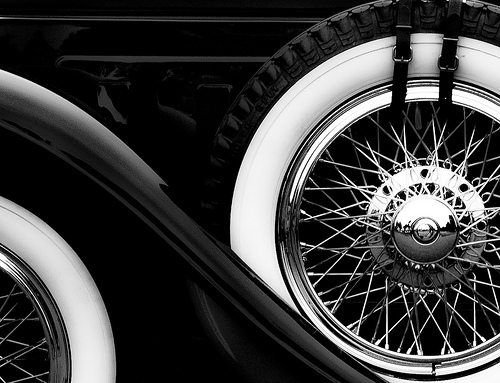Hello Kent drivers! Let’s talk about alignment. One of the most important parts of preventive maintenance for your vehicle is keeping the wheels in alignment. Poor alignment causes your tires to wear unevenly, which can significantly reduce their lifespan. This means you will have to replace them more often, which can be costly in Kent.
It can even damage your suspension system, which is a significant repair. But even more importantly, uneven tread wear can lead to blowouts on the road, a dangerous and potentially deadly safety risk for Kent drivers and their passengers.
It may not take an accident or bad driving habits to “knock” your tires out of alignment. Tires can go out of alignment with just everyday WA driving. Kent road hazards, pot holes, uneven or gravel roads, even the bumps and bounces of normal Auburn interstates and surface streets can gradually put your SUV tires out of alignment.
So it’s good auto advice to have your SUV’s alignment inspected periodically. Your vehicle’s owner’s manual will have recommendations on how often you should get an alignment check: usually every year or two. But if you think your SUV tires might be out of alignment, you should take your SUV into Central Avenue Automotive now.
When you take your SUV in for an alignment in Kent, your considerate Central Avenue Automotive service advisor will start by inspecting the steering and suspension systems. If something is broken or damaged there, it will need to be repaired in order to get good alignment of the wheels.
If all looks good in the steering and suspension departments, the SUV will then be put on an alignment rack where an initial alignment reading is taken. The wheels can then be aligned to the automobile manufacturer’s specifications. The ideal alignment for any vehicle is set by its engineers and may vary from vehicle to vehicle.
There are three types of vital adjustments that may have to be made to correctly align a vehicle’s tires. The first is called “toe.” This refers to tires that are out of alignment because they point inward or outward at the front of the tire. Think of a person who is pigeon-toed or splay-footed, and you get the idea.
The second adjustment is the camber. This adjustment affects the angle at which the tires meet the road. Think of a solid building in contrast to the Leaning Tower of Pisa.
The last adjustment is the castor. This adjustment measures the angle of the tire in relation to the front axles. So, a piece of auto advice that just might be good for life as well: keep everything in alignment, and you’ll be able to steer where you want to go in Auburn. Drive safely.










